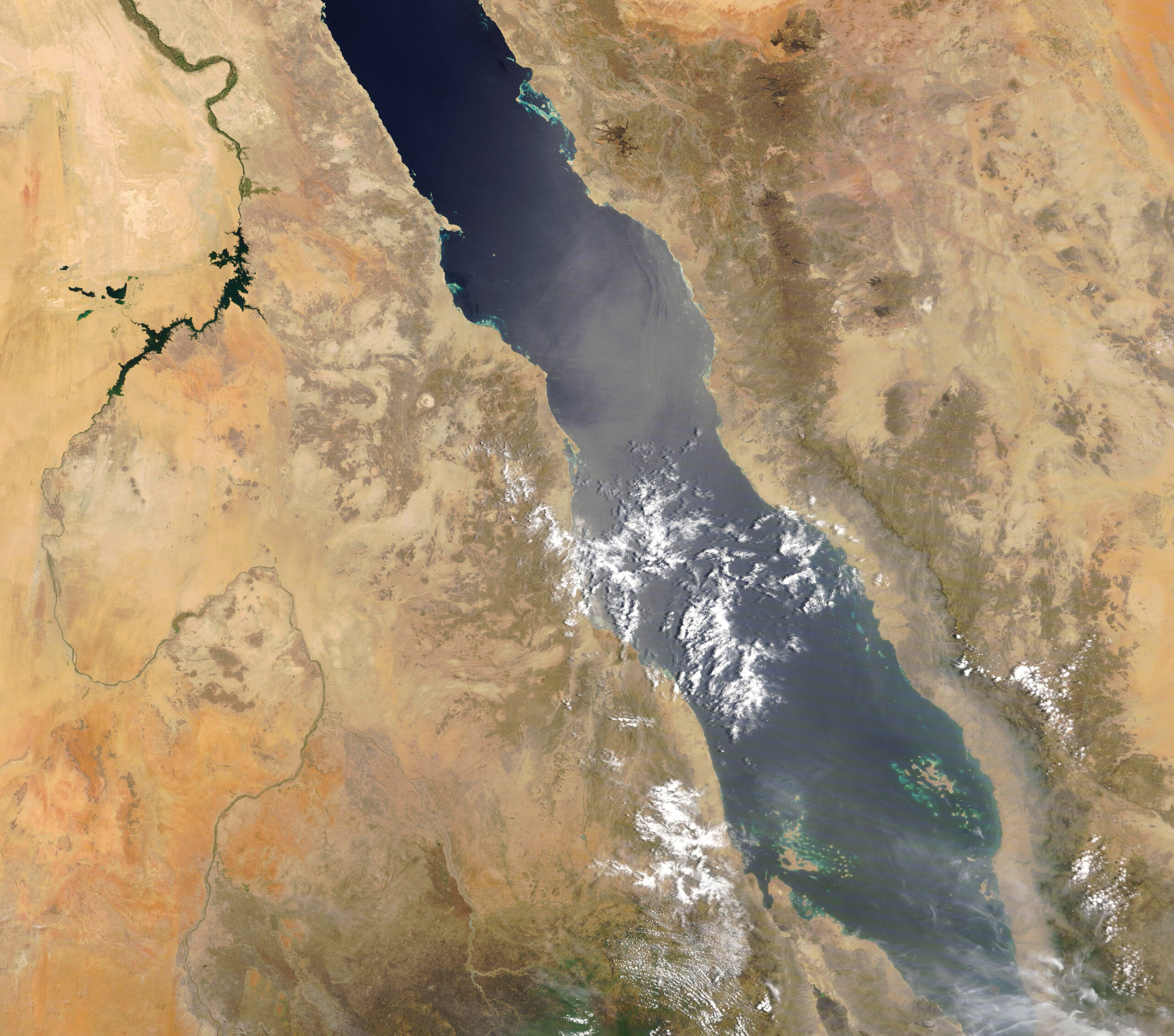
The situation in the Middle East is going from bad to worse. What began as retaliation for Hamas’ attacks on Israel on October 7th has now evolved into a region-wide conflict that’s killed more than 41,500 people in Gaza alone. Now Israel’s determination to exterminate all of its neighbouring threats has intensified, as the Israel Defence Force (IDF) has escalated regional strife with its invasion of Lebanon, aimed at eliminating Hezbollah. This has prompted a direct attack from Iran using ballistic missiles several weeks ago. Being at the forefront of Western foreign policy concerns 6 months ago, it’s no surprise that the continued discourse in the Red Sea has faded into the background of an ever-expanding conflict in the Eastern Mediterranean. Yet, the region remains a key focus not only for those who reside there but also for wider commercial interests, as the Suez Canal continues to be disrupted, causing delays.
The Red Sea has been made vulnerable to commercial shipping due to the Houthis, a militant group, supported by Iran, who have controlled much of Yemen since 2014. Because they have dominion over the south entrance into the Red Sea (and subsequently access into the Suez Canal), the Houthis have been able to disrupt one of the world’s busiest shipping lanes by attacking and sinking multiple cargo ships in an effort to deter Western support for Israel. This prompted Operation Prosperity Guardian, which saw multiple naval ships deployed by Western allies, led by the U.S, to shoot down missiles and drones sent from inside Yemen, as well as launch attacks against known Houthi sites.
So, with most major warships now gone from the area, and hundreds of Houthi targets destroyed throughout last spring, surely any problems in the Red Sea have been resolved?
Well, despite the RAF and U.S Air Force reducing most Houthi bases to a veneer, the Houthis continue to deter shipping containers from passing through the Red Sea. With another cargo ship attacked and significantly damaged only last week, experts around the world still believe passing through the region comes at a considerable risk, with RFA Argus, the UK’s largest support vessel, currently making the 3000 mile detour around the Cape of Good Hope. Moreover, several U.S Navy warships were surprised by ‘a complex attack’ only last month, supporting the fact that the Houthis are far from handled with, as was previously thought.
The reasoning for a Houthis resurgence is twofold. The first is due to Israel’s determination to expand its war of revenge against its neighbouring enemies, thus, Western military attention is needed elsewhere. With two American Aircraft carriers redeployed in the Eastern Mediterranean along with a Royal Navy destroyer, the Houthis have been given breathing space to rearm and re-man previously destroyed bases using cheap attack drones and unsophisticated equipment. Crucially, the Houthis have benefited from domestic politics in the West. U.S. President Joe Biden has faced repeated humiliation from Israeli Prime Minister Benjamin Netanyahu, who continually rejects any ceasefire plans that President Biden proposes. While Biden isn’t running for election this autumn, another escalation involving U.S. forces would not help Vice President Kamala Harris win the support of Americans who are not interested in another war in the Middle East. With America taking more of a back seat, European countries have been forced to follow suit.
But this reluctance may come at a cost. Last month it was reported that Russia was in secret talks to supply the Houthis with advanced missile systems via Iran. This would significantly heighten the existing risk to ships in the area. Additionally, this would greatly increase the risk that already exists to any ships in the area but serves as a deterrent for the U.S to continue its veto on Ukraine using Western made long range missiles on targets within Russia. The dynamics of this region and the implications such actions within it now have wider effects for two major conflicts in the East, showing just how unsettled the region remains.
But ultimately, the situation in the Red Sea boils down to this. The events and battle with the Houthis will not end the wider conflict in the Middle East, that will be down to the actions of Netanyahu and the U.S, as the destruction of Hamas and internal protests have yet to stop an escalation of conflict. However, to forget the Red Sea’s significance in shaping the wider geopolitical landscape would be a mistake. With the Houthis proving to be as adaptable as water, and the Russians now flexing their vast military arsenal, peace in the region is far from secured. As had been launched on Hezbollah, Israel now taking matters into their own hands by replying similar tactics on Houthi targets. America’s war dog is clearly unleashed, whether it can be contained before it continues to cause more damage to Western commerce is yet to be seen.
Image: Part of the Red Sea by Stuart Rankin, 2020 // CC BY-NC 2.0



Average Rating